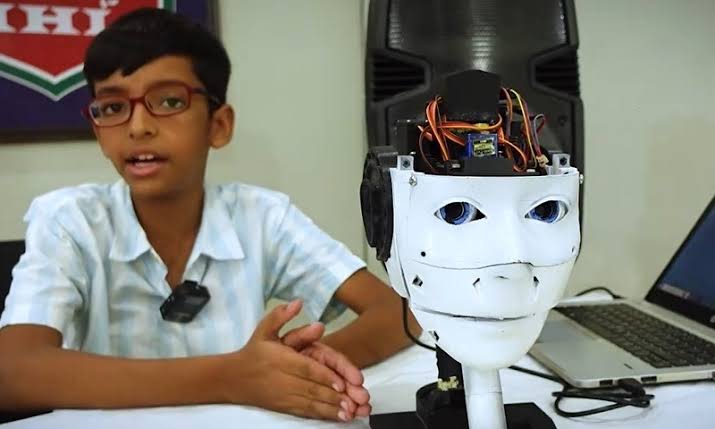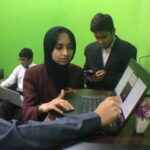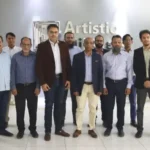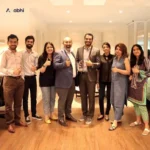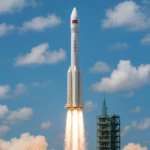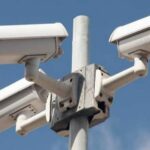In an impressive display of innovation and engineering, students from Mehran University of Engineering and Technology (MUET), Khairpur Campus have developed a cutting-edge defense robot equipped with a powerful laser gun capable of destroying targets within seconds. This achievement highlights the growing potential of young Pakistani engineers in contributing to the nation’s technological and defense advancements.
The robot has been designed with AI-powered detection and targeting systems, enabling it to identify both moving and stationary objects, whether they are on land or in the air. Its precision and accuracy make it a valuable tool for modern defense strategies, offering a glimpse into the future of military technology in Pakistan.
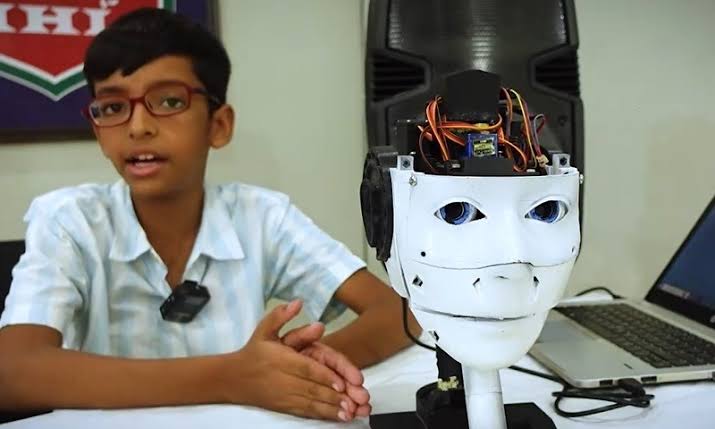
One of the most significant advantages of this innovation is its ability to be operated remotely, ensuring the safety of security personnel while reducing reliance on costly traditional methods. By combining affordability with high-tech performance, this invention could pave the way for smarter, safer defense mechanisms in the country.
The prototype was recently unveiled at the 4th Research and Technology Showcase at the Karachi Expo Centre, where it attracted widespread attention. Among its admirers was Sindh’s Chief Minister, who praised the young innovators and emphasized the robot’s potential to enhance Pakistan’s defense capabilities on both national and international levels.
This project is not only a breakthrough in robotics and artificial intelligence but also a testament to the talent, creativity, and determination of Pakistani students. It reflects the importance of investing in research and technology to address critical challenges, particularly in the field of defense and security.
With developments like this, Pakistan is proving that its youth can play a leading role in advancing AI, engineering, and automation. If further supported and scaled, such innovations could mark the beginning of a new era in indigenous defense technology, strengthening both national security and technological independence.


